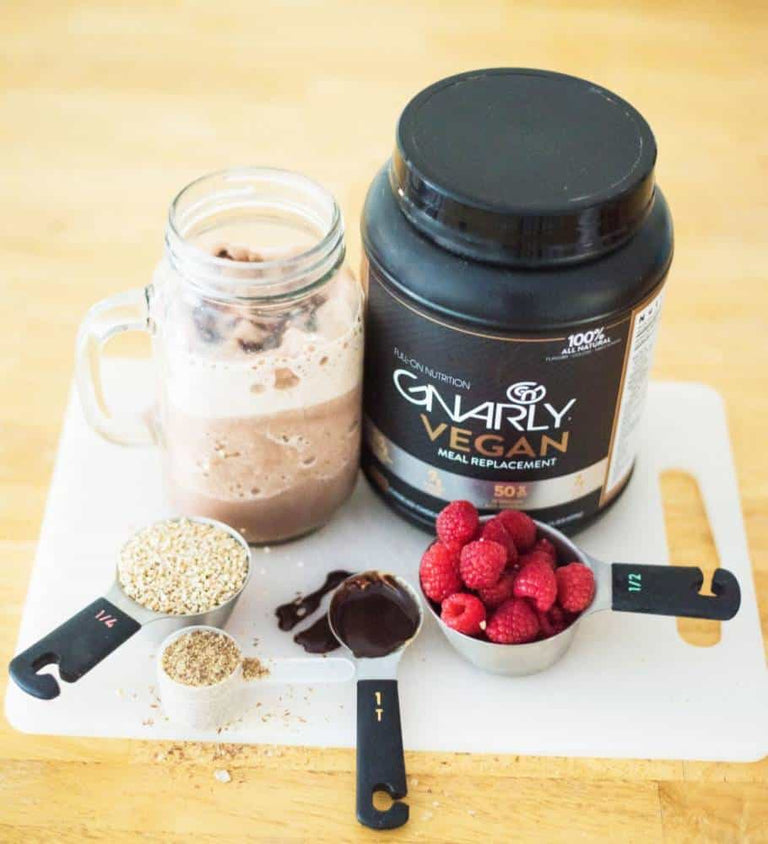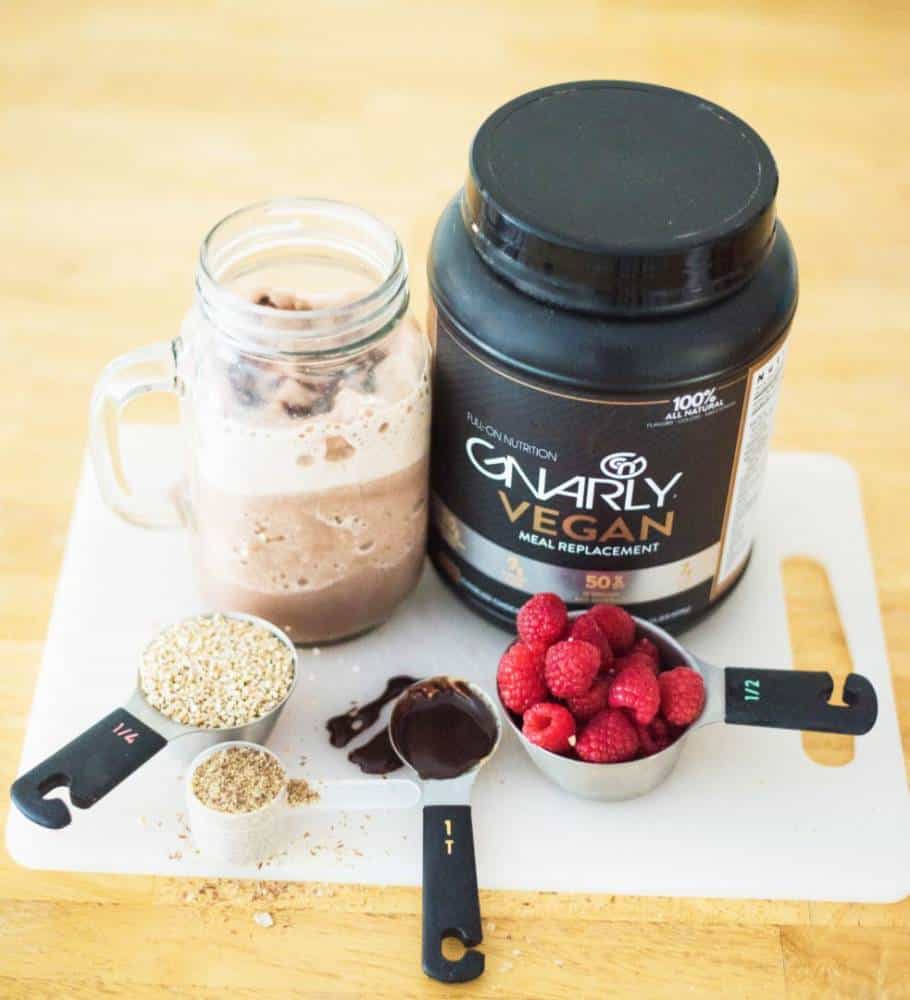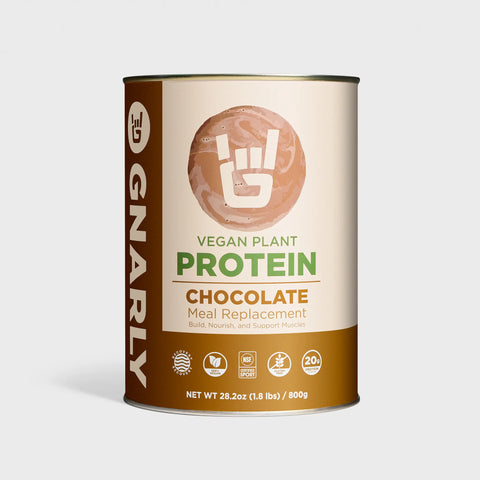Typically, organic protein powders and vegan protein powders have one use: shakes. And, most of the time, these “shakes” are a pretty basic one-ingredient affair. Of course, this is totally fine and provides a fast, convenient way to cram some extra protein into your day.
But, if this is all you’ve ever used your protein powder for, you’re just not realizing the full potential of what’s in that tub. Fortunately, people are becoming increasingly aware of the fact that protein powders can be used in a variety of recipes. Most interestingly, though, protein powders can be a great addition to baking – greatly improving the nutritional profile of those treats while still maintaining the flavor you crave.
So, how do you get started? Here are just five tips for baking with protein powder.
Know Your Scoop – Just a warning before we get too deep into all this: Baking involves a fair amount of math. In order to make sure that your protein-rich baked goods are… well, good you’re going to need to make sure that all the ingredients are properly proportioned. Which can be a little tricky sometimes. Working with protein powders, though presents a unique challenge. Why? Because you’re used to thinking in terms of “scoops,” which can vary in size from brand to brand. So, before you do anything else, know the actual measurement of your scoop in terms of cups.
Know How to Swap Out Flour – Generally, baking starts with flour. To make things healthier, though, this is normally the first ingredient people want to ditch. So, how do you do it? Grab your favorite organic protein powder or vegan protein powder and figure out enough to replace 1/3 of the flour called for by the recipe. Confused? Me too. So… this means that if your recipe requires 1 ½ cup of flour, you can use up to ½ cup of protein powder instead of flour. To simplify things a bit, think about it in these terms: Your batter should not be more than ½ protein powder.
Don’t Fear Fat – Remember, fat is a macronutrient – meaning that you need it. Plus, it’s delicious. And, even though, it has a less-than-sterling reputation, modern research has revealed that fat has been unfairly vilified and is really very good for you. So, don’t feel like you have to remove all the fat from your recipes. In fact, when picking an organic protein powder for your baking endeavors, grass-fed whey protein – like Gnarly Whey – is one of the best choices because of it’s fat content. Compared to grain-fed products, grass-fed whey has higher levels of healthy omega-3 and conjugated linoleic fatty acids.
Pick Your Powders Wisely – Along that same line of thought, it’s important to remember that not all proteins are the same or even interchangeable. For one thing, whey and casein react in completely different ways when added to a recipe – with casein’s natural tendency to clump, it can severely dry up baked goods if it isn’t handle properly. Vegan protein powder – like Gnarly Vegan Feast – tend to absorb lots of liquid, too, so you’ll need to keep on eye on the consistency of your batter as you go.
Moisturize – Since – as we just covered – most protein powders will soak up lots of liquid, you’ll have to compensate. Moisturizing ingredients, like bananas, Greek yogurt, cottage cheese, cooked sweet potatoes, pumpkin puree, applesauce, and cooked beets will prevent your recipe from being overly dry and clumpy.





